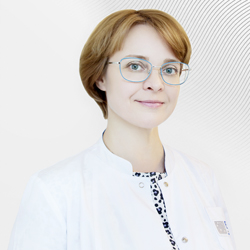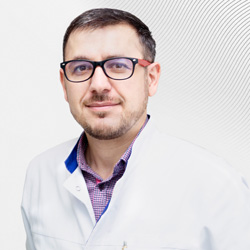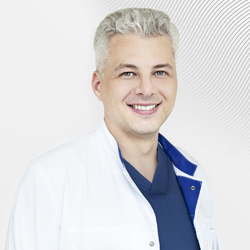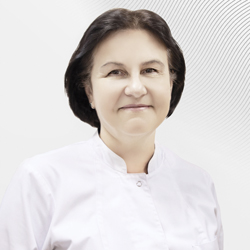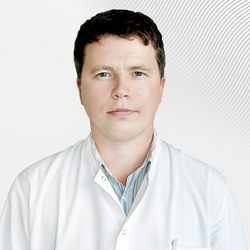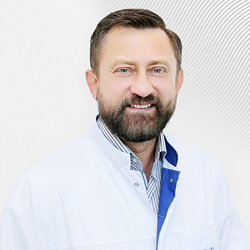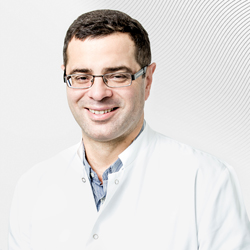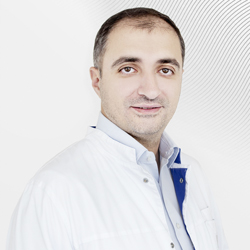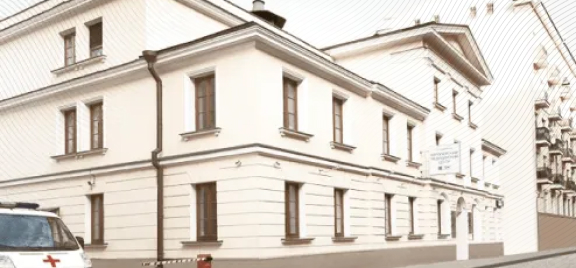More than 25% of people over the age of 30 suffer from snoring and obstructive sleep apnea (OSA). Commonly, people know that they snore, but do not consider they may have apnea. This is a condition of periodic collapse (obstruction) of the upper respiratory tract at the level of the pharynx in addition to snoring itself.
Author: Aleksander Slavskiy,
otolaryngologist, M.D., PhD

More than 25% of people over the age of 30 suffer from snoring and obstructive sleep apnea (OSA). Commonly, people know that they snore, but do not consider they may have apnea. This is a condition of periodic collapse (obstruction) of the upper respiratory tract at the level of the pharynx in addition to snoring itself. Because of this, the ventilation of the lungs is temporarily interrupted with continued breathing efforts, the level of blood oxygen decreases and gross fragmentation of sleep occurs leading to excessive daytime sleepiness.
Obstructive sleep apnea syndrome is the issue of modern medicine not only because of its high prevalence, but also because of its possible complications.
Diagnosing causes of snoring
There are many possible causes of snoring – from the bad bite to the pathology in the nasopharynx. Therefore, an integrated approach is important in the diagnosis and treatment of snoring.
We carry out sleep studies necessarily - polysomnography or at least cardiorespiratory monitoring, sleep video endoscopy (visualization of the snoring process).
EMC doctors have developed the program for diagnosing causes of snoring. Treatment recommendations for each patient are developed at a multidisciplinary consultation with the participation of an otorhinolaryngologist, neurologist (somnolog), orthodontist based on the results of a comprehensive diagnostics.

Indications for surgical treatment of snoring
"Operation from snoring" is indicated in case of uncomplicated snoring and snoring with mild to moderate obstructive sleep apnea. Operations are carried out if conservative treatment of snoring does not give results.
Contraindications to surgery
- snoring with severe OSA,
- severe somatic pathology, disorders of hemostasis, etc.
Types of operations
One of the directions in the treatment of snoring is the surgical removal of evident anatomical defects at the level of the nasal cavity, oropharynx and hypopharynx. The intervention on the soft palate is only the next stage. If necessary, these interventions can be performed simultaneously. This type of treatment is aimed at eliminating the cause of the disease.
Thus, two directions in the surgical treatment of snoring and apnea can be distinguished.
The first is the correction of the soft palate using high-energy techniques (laser, radio wave effects on the soft palate). This also includes techniques aimed at improving the tone of soft palate tissues - submucous tunneling of the soft palate, including silicone or polyethylene palatal implants, installing implants in the soft palate (for example, Pillar), etc.
The second direction is treatment aimed at eliminating the pathologies of the nose, pharynx, and larynx, which can lead to snoring and obstructive sleep apnea. This includes correction of the nasal septum, nasal concha, sinuses (FESS surgery), elimination of the pathology of the nasopharynx, oropharynx and larynx (adenotomy, tonsillectomy, tonsillotomy, removal of laryngeal neoplasms, septoplasty and other interventions).
The most popular operations for snoring are uvulopalatoplasty with bilateral tonsillectomy (according to T. Ikematzu) and uvulopalatopharyngoplasty.
Uvulopalatopharyngoplasty may be effective in patients with moderate OSA, whereas uvulopalatoplasty - in the case of uncomplicated snoring and mild OSA without severe hypertrophy of the tonsils.
A separate direction in the treatment of snoring and apnea are simultaneous operations performed conjointly by maxillofacial surgeons and dentists. These are the maxillomandibular advancement of the jaws (MMA), hypopharyngeal surgery of the root of the tongue, techniques aimed at stimulating the hypoglossal nerve, which, in turn, will prevent the root of the tongue from falling off when blood oxygenation is impaired.
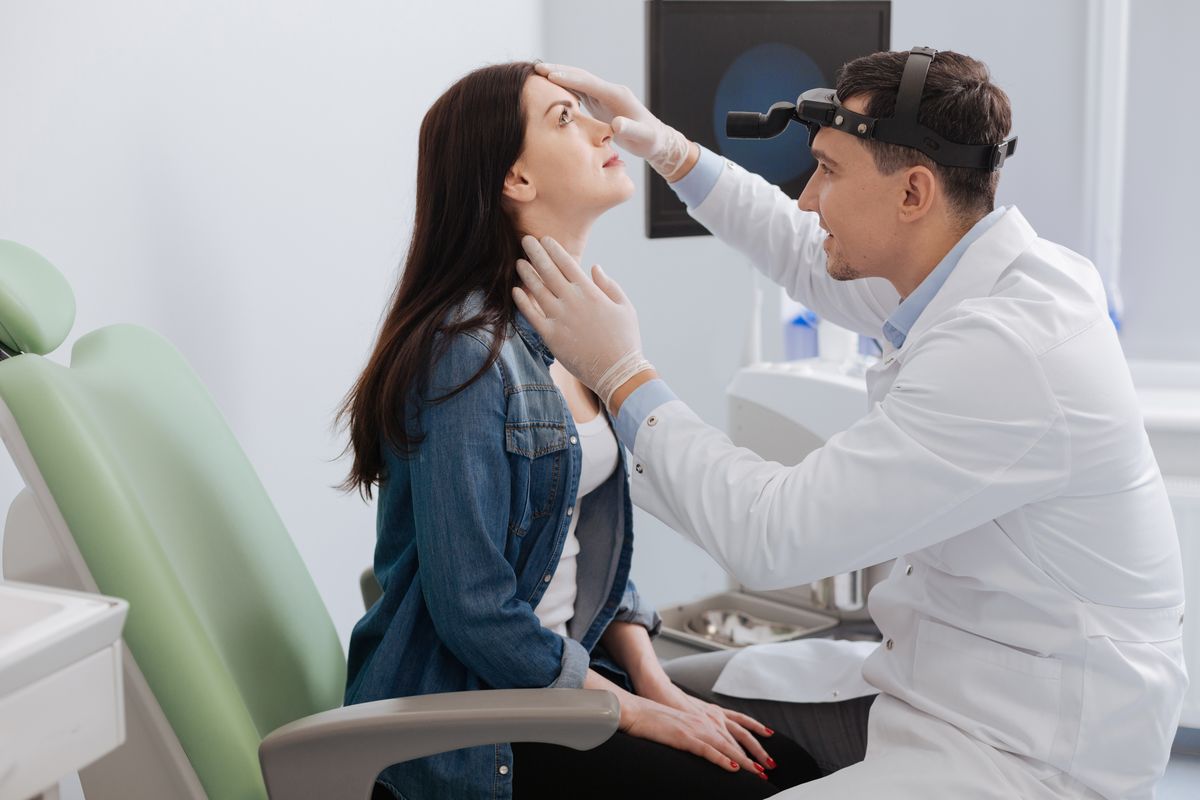
Recovery after snoring surgery
Since these interventions are performed under endotracheal anesthesia (which is supplied through a mask), the rehabilitation period lasts not more than two weeks. During this time, the patient will need to eliminate some products from the diet and limit physical exertion.
Other methods of snoring treatment
If doctors diagnose severe snoring with apnea according to the results of diagnostics, the patient may be offered alternative methods of dealing with snoring:
- the use of intraoral advancement splints,
- CPAP - therapy.
CPAP - therapy is the treatment which uses positive pressure during sleep provided by special devices. The patient puts on a small mask attached to the device, creating positive pressure at night. It helps to restore the airway patency if its obstruction occurs.
Who to contact?
First of all, you should adress to an otolaryngologist for further examination. In order not to harm your health, do not follow the advice from the Internet, which are not based on the principles of evidence-based medicine. If snoring cannot be overcome, ask for second opinion. Modern medicine provides a great number of methods helping to at least alleviating the patient's condition if not completely getting rid of snoring.

 Write to WhatsApp
Write to WhatsApp

